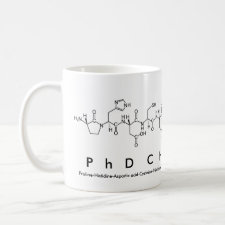
Authors: Abadi PPSS, Garbern JC, Behzadi S, Hill MJ, Tresback JS, Heydari T, Ejtehadi MR, Ahmed N, Copley E, Aghaverdi H, Lee RT, Farokhzad OC, Mahmoudi M
Article Title: Engineering of Mature Human Induced Pluripotent Stem Cell-Derived Cardiomyocytes Using Substrates with Multiscale Topography.
Publication date: 2018
Journal: Advanced Functional Materials
Volume: 28
Issue: (19)
Page numbers: ArticleNo1707378.
DOI: 10.1002/adfm.201707378
Abstract: Abstract Producing mature and functional cardiomyocytes (CMs) by in vitro differentiation of induced pluripotent stem cells (iPSCs) using only biochemical cues is challenging. To mimic the biophysical and biomechanical complexity of the native in vivo environment during the differentiation and maturation process, polydimethylsiloxane substrates with 3D topography at the micrometer and sub-micrometer levels are developed and used as cell-culture substrates. The results show that while cylindrical patterns on the substrates resembling mature CMs enhance the maturation of iPSC-derived CMs, sub-micrometer-level topographical features derived by imprinting primary human CMs further accelerate both the differentiation and maturation processes. The resulting CMs exhibit a more mature phenotype than control groups - as confirmed by quantitative polymerase chain reaction, flow cytometry, and the magnitude of beating signals and possess the shape and orientation of mature CMs in human myocardium - as revealed by fluorescence microscopy, Ca2+ flow direction, and mitochondrial distribution. The experiments, combined with a virtual cell model, show that the physico-mechanical cues generated by these 3D-patterned substrates improve the phenotype of the CMs via the reorganization of the cytoskeletal network and the regulation of chromatin conformation
Template and target information: mammalian cells, cardiomyocytes, CMs
Author keywords: cell imprinting, induced pluripotent stem cells, mature cardiomyocytes, polydimethylsiloxane, surface topography



Join the Society for Molecular Imprinting

New items RSS feed
Sign-up for e-mail updates:
Choose between receiving an occasional newsletter or more frequent e-mail alerts.
Click here to go to the sign-up page.
Is your name elemental or peptidic? Enter your name and find out by clicking either of the buttons below!
Other products you may like:
 MIPdatabase
MIPdatabase









